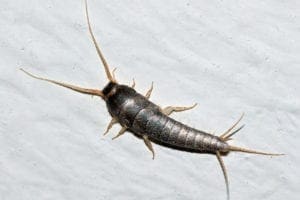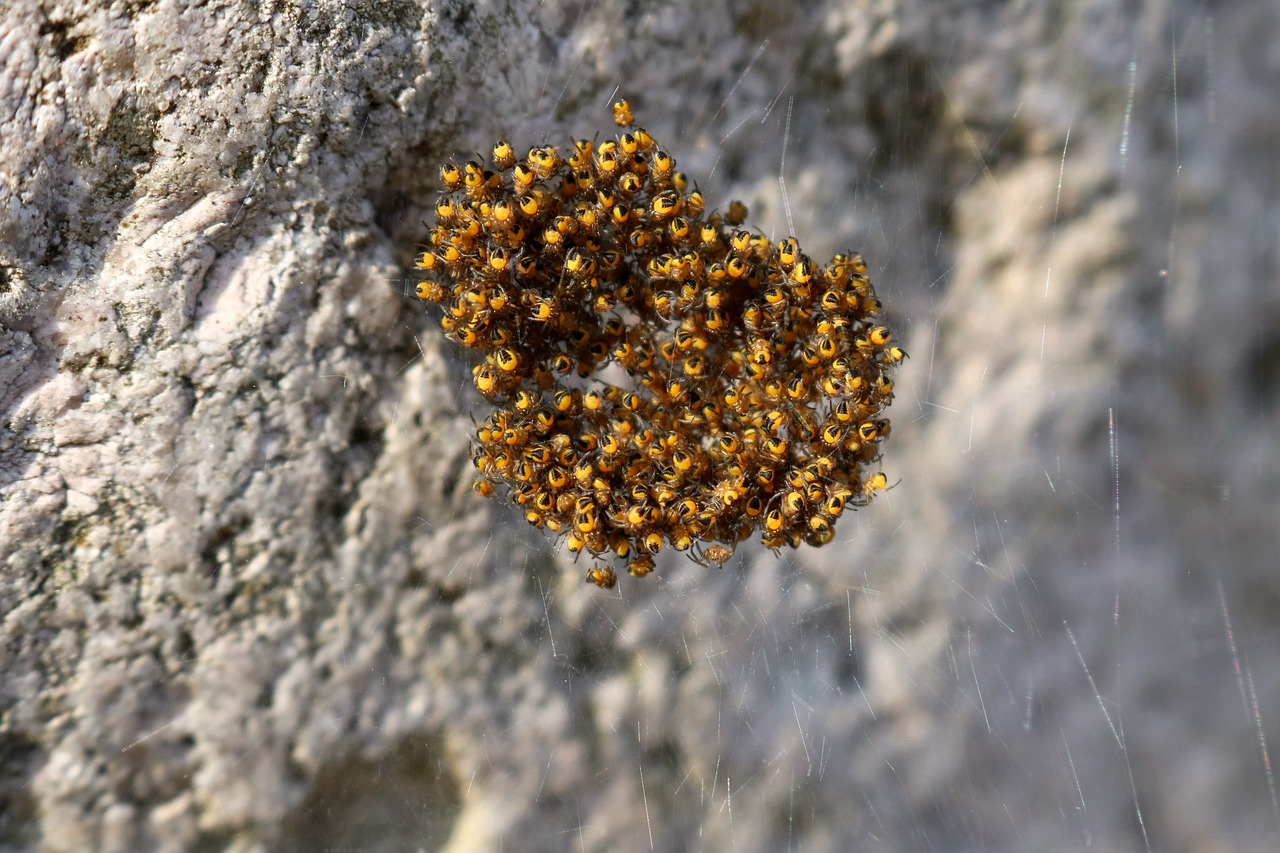Unless you are an arachnid enthusiast, spider eggs in a home or business are a hair-raising find. Just one egg sac can spawn hundreds of spiderlings which is an unnerving thought, arachnophobia or not. Identify and remove egg sacs before this happens with the following guide to spider eggs.
What do spider eggs look like?
Most spiders lay their eggs in sacs rather than individually. The appearances of spider egg sacs vary from species to species, but they all look relatively similar. They are usually light in color, with most being either white, cream, or yellowish. Some are yellowish-green or light brown. Spiders wrap their eggs in silk to protect them, which often gives the egg sacs an irregular shape and texture. Spider egg sacs are usually orb-shaped but there are those that are not; some are conical or oblong and others are lens-shaped.
As a general rule, egg sacs are roughly the same size as the spider who made them. They are usually smaller than the size of a quarter. Some spiders lay one egg sac while others lay several smaller ones. An egg sac can contain anywhere from a handful of eggs to more than 2,000. Most contain around 100 to 200 eggs.
When and where do spiders lay eggs?
Most spiders lay their eggs during the fall or
spring. Spider eggs take approximately 1 to 2 weeks to hatch, which is one reason why it is more common to see spiders during the summer and
winter. However, it's important to note that even during the
winter months, spiders can still be a concern. To effectively manage spider populations and prevent infestations, it's essential to implement year-round pest control practices, including
winter pest control.
Whether they choose to carry their eggs or leave them in protected places like webs, burrows, or outdoor areas, spiders can still find their way indoors during the colder months. Taking proactive measures to control spider populations throughout the year, including targeting their nesting sites and implementing
winter pest control strategies, can help maintain a spider-free environment."
How to remove spider eggs
Before removing a spider egg sac, try to identify who it came from first. If it belongs to a dangerous species like the black widow or brown recluse, removal should be left to professionals. Black widow egg sacs are white or gray with a noticeable notch at the top, and usually contain 250-300 eggs. Brown recluse egg sacs are off-white or tan in color and their shape is flat on the bottom and rounded to cone-shaped on top. They also contain around 250-300 eggs. Both species lay their eggs in dark, sheltered, low-traffic corners.
There are several do-it-yourself methods that are effective for removing spider eggs. The most used method is vacuuming. Use a hose attachment to suck up the egg sac, then promptly dispose of the vacuum’s contents outdoors. Be careful when vacuuming spider eggs, though, as disturbing an egg sac prematurely could cause it to break open, releasing hundreds of baby spiders.
Spray applications are also effective in killing spider eggs, but you have to be sure you are using a substance that will actually kill the spiders. Some of the best substances to use for this method are a bleach and water mix, white or apple cider vinegar, a fast-acting bug spray, or Windex. If you choose to use a bug spray or pesticide, go with an oil-based option as they have been proven to be more effective at killing spider eggs than water-based varieties.
DIY methods of removal only remove the eggs that are being targeted. So, while they are effective if you only have one or two egg sacs to deal with, they are not much help in the case of an infestation. More than a few egg sacs warrants a call to a professional exterminator.
What spiders live in New Jersey?
There are around 500 spider species in the Garden State alone, so of course we can’t list them all. Here’s how to identify the eggs of some of the most commonly encountered New Jersey species. (Black widows and brown recluses are both quite common in New Jersey, but since we already mentioned them we will exclude them from this list.)
Triangulate House Spider egg sacs are loosely woven white spheres that measure roughly 5 to 6mm in diameter. They contain around 30 eggs.
Common House Spider egg sacs are brownish in color and have a flask-like shape. They are 6 to 9mm in diameter and contain around 250 eggs.
Wolf Spiders carry their egg sacs with them. A wolf spider with an egg sac will have a whitish sphere that is about ½ inch in diameter attached to its abdomen. After hatching, the spiderlings stay on their mother’s abdomen until they are ready to go off on their own.
Long-Bodied Cellar Spiders also carry their eggs. They lay 15 to 60 eggs and wrap them in a thin, see-through layer of silk. Since the individual eggs are visible, the egg sac somewhat resembles an unripe blackberry.
Grass Spiders build their egg sacs by spinning a sheet of silk, depositing their eggs in the middle, wrapping them with more silk, and then placing another sheet over the wrapped ball of eggs. When finished, they have a flat-ish lens shape. They are around 25 mm in size, contain roughly 50 eggs, and can usually be found near the edges of a web next to the dead mother spider.
Orb Weaver egg sacs are spherical and can measure up to 1 inch in diameter. They vary in colors and patterns depending on the species of orb weaver. Most species lay between 100 and 300 eggs in one egg sac.
Jumping Spider egg sacs are generally white and lens-shaped, and contain between 100 and 150 eggs. As with orb weavers, the appearance of jumping spider egg sacs varies from one species to the next.
How to prevent spiders
Spiders go where their food source goes, so the best way to keep spiders out is by keeping all bugs out. Seal any gaps and cracks that lead to the outdoors. Avoid leaving outdoor lights on at night as they attract insects (a.k.a. spider food). Keep firewood piles and plants 1 foot away from the outside of your home or business, and shake out objects that have been outdoors before bringing them inside. Shake out items that have been in storage before using them as well. Finally, dust regularly and remove spider webs as soon as you find them.
If you find an abundance of spider egg sacs in your home or business, or if you’ve come across eggs of a dangerous species, give Twin-Boro’s experts a call. Chances are, spiders arrived on your property by following other pests. Twin-Boro’s Residential and Commercial indoor pest control plans will keep out spiders and the bugs that attract them.


